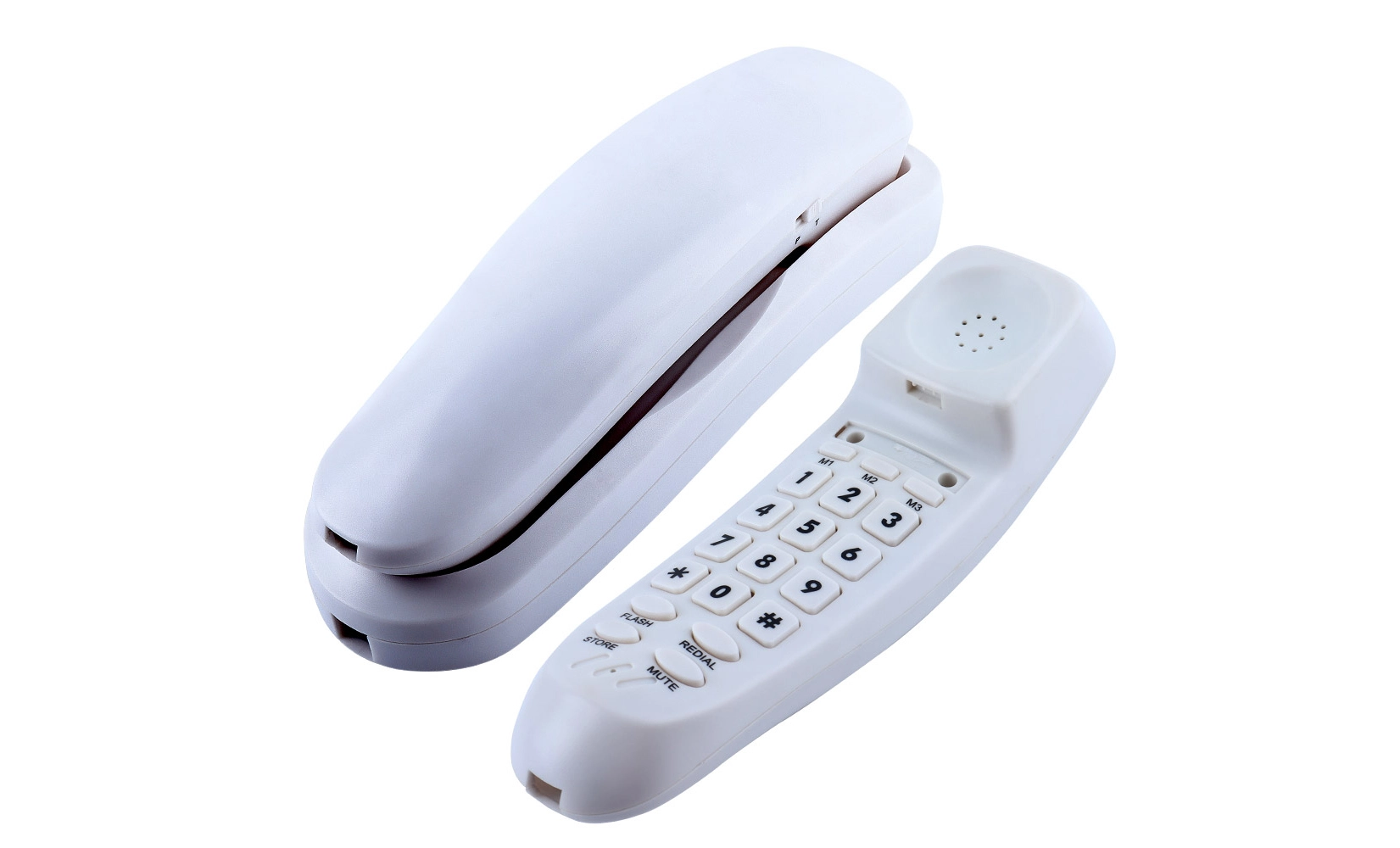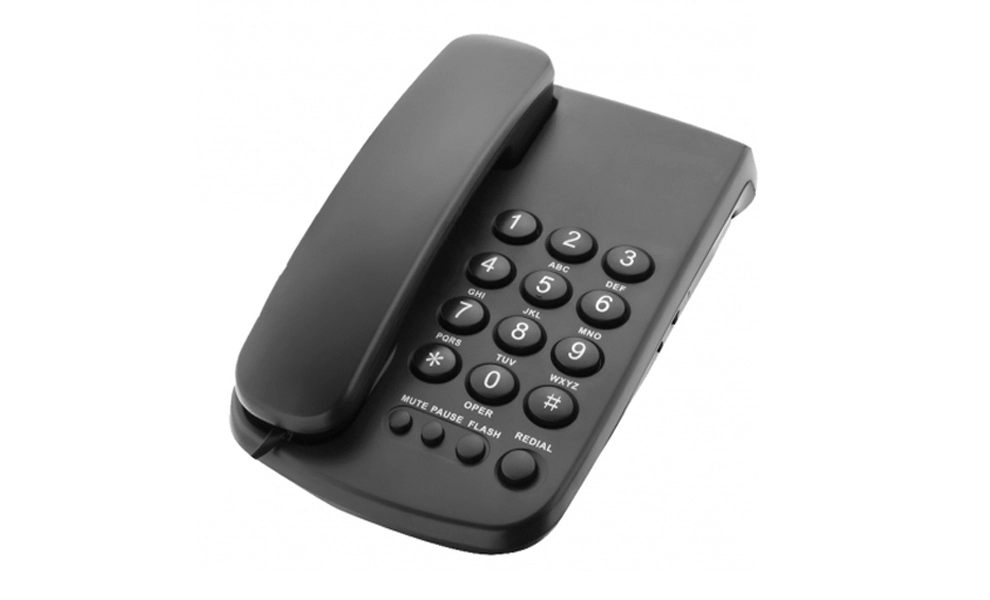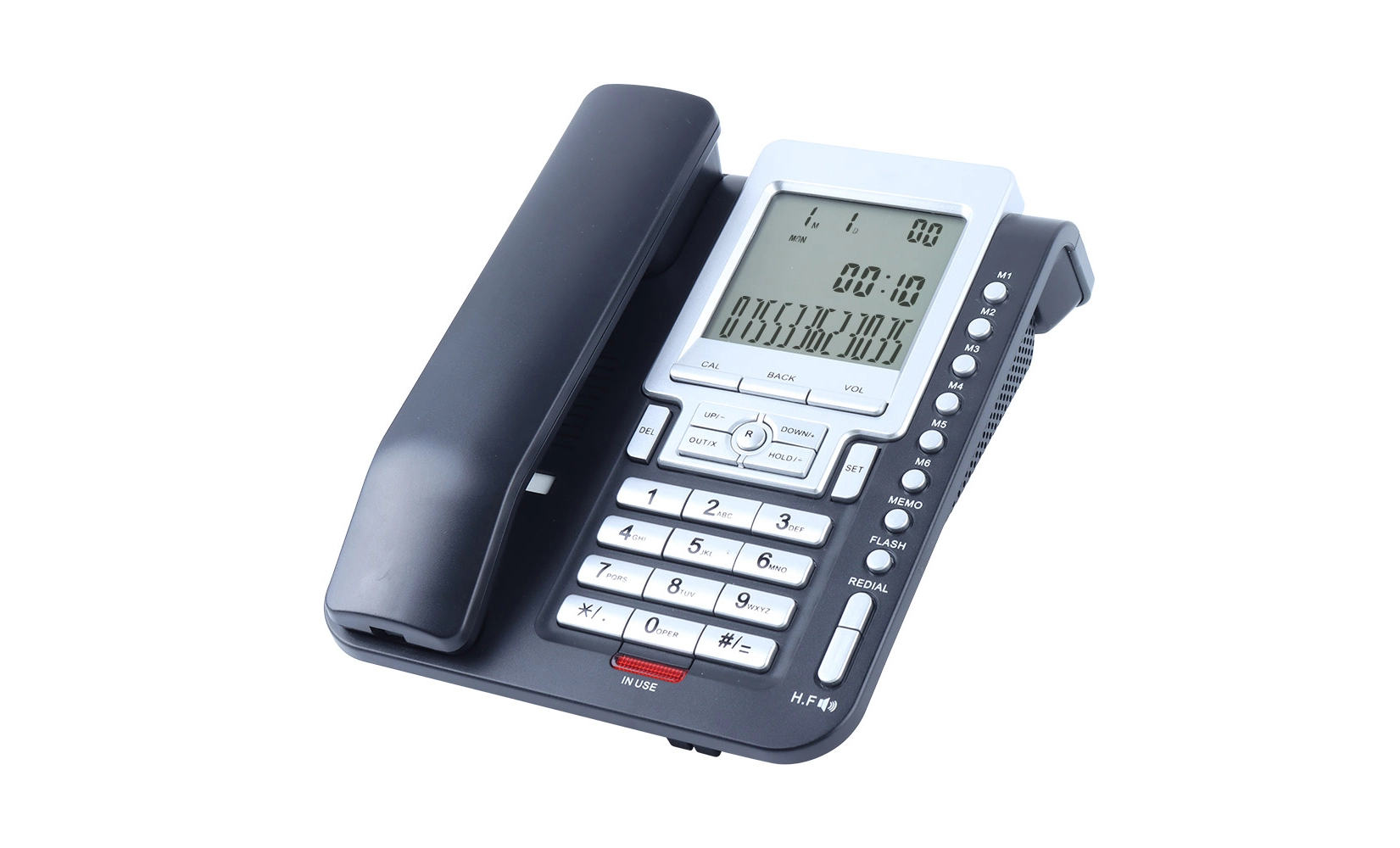Basic Telephone brings peace of mind in emergencies
In times of crisis, a basic telephone can be a lifeline, offering reassurance and reliable communication when it matters most. Unlike modern smartphones that rely on complex networks and battery power, basic telephones connect directly to landlines, ensuring functionality even during power outages or natural disasters. Their simplicity and durability make them indispensable tools for emergency preparedness, providing a direct link to emergency services, loved ones, and vital information. With clear audio, easy-to-use features, and no need for charging, basic telephones stand ready to serve as a dependable communication backup, bringing peace of mind in unpredictable situations.
The Enduring Relevance of Basic Telephones in the Digital Age
Reliability in Crisis Situations
While smartphones dominate our daily lives, basic telephones remain crucial in emergency scenarios. Their straightforward design and direct connection to telephone lines make them less susceptible to network congestion or power failures that often plague cellular networks during crises. This reliability ensures that when disaster strikes, you can still reach out for help or check on loved ones.
Basic telephones operate independently of the power grid, drawing minimal electricity directly from the telephone line. This feature proves invaluable during extended power outages caused by severe weather events or other emergencies. When cell towers fail and mobile phones die, a basic telephone can be the sole means of communication with the outside world.
Simplicity Equals Accessibility
The uncomplicated nature of basic telephones makes them accessible to all age groups, particularly beneficial for elderly individuals or those with limited technological proficiency. In high-stress situations, the straightforward operation of a basic telephone—pick up, dial, and speak—can be a comfort compared to navigating complex smartphone interfaces.
Moreover, basic telephones often feature large, easily identifiable buttons and amplified sound options, catering to users with visual or auditory impairments. This inclusive design ensures that everyone in a household can effectively use the device during an emergency, regardless of age or ability.
Cost-Effective Emergency Preparedness
Incorporating a basic telephone into your emergency kit is a cost-effective way to enhance your preparedness. Unlike smartphones that require regular upgrades and can be expensive to replace, basic telephones are durable, long-lasting, and relatively inexpensive. This makes it feasible to keep basic telephones in multiple locations throughout a home or office, ensuring quick access during urgent situations.
The low maintenance requirements of basic telephones also contribute to their cost-effectiveness. With no need for software updates, app management, or frequent charging, these devices remain ready for use with minimal upkeep, providing a reliable communication option that doesn't strain your emergency preparedness budget.
Enhanced Safety Features of Modern Basic Telephones
Emergency One-Touch Dialing
Many contemporary basic telephone models come equipped with programmable emergency buttons. These features allow users to set up one-touch dialing for emergency services or designated contacts. In moments of panic or distress, when every second counts, this functionality can be life-saving, especially for individuals living alone or those with medical conditions.
Some advanced basic telephones even incorporate voice-activated emergency dialing, enabling users to call for help hands-free. This feature is particularly beneficial for those with mobility issues or in situations where reaching the phone physically might be challenging.
Compatibility with Medical Alert Systems
Basic telephones often integrate seamlessly with home medical alert systems, enhancing their role in emergency preparedness. This compatibility allows the telephone to serve as both a communication device and a gateway to professional monitoring services. In the event of a medical emergency, users can quickly reach trained operators who can assess the situation and dispatch appropriate help.
The integration of basic telephones with medical alert systems creates a comprehensive safety net for vulnerable individuals, combining the reliability of landline communication with the specialized support of emergency response services.
Backup Battery Solutions
While traditional corded basic telephones operate without external power, some modern basic telephone models incorporate backup battery systems. These batteries ensure continued functionality even if the telephone line experiences temporary power disruptions. This additional layer of reliability makes basic telephones even more dependable during prolonged emergencies.
Backup batteries in basic telephones typically have long standby times, often lasting several hours or even days. This extended operational capacity ensures that communication remains possible throughout extended crisis periods, providing crucial peace of mind to users and their families.
Integrating Basic Telephones into Comprehensive Emergency Plans
Strategic Placement for Quick Access
To maximize the effectiveness of basic telephones in emergencies, strategic placement throughout a home or facility is crucial. Ideal locations include bedrooms, living areas, and near exit points. This distribution ensures that a communication device is always within reach, regardless of where an emergency might occur.
Consider installing wall-mounted basic telephones in key areas, as they're less likely to be misplaced and remain accessible even if furniture is moved or damaged during a disaster. Additionally, keeping a basic telephone in your designated safe room or emergency shelter can provide a vital link to the outside world during severe weather events or other hazardous situations.
Regular Testing and Maintenance
While basic telephones are known for their reliability, regular testing and maintenance are essential to ensure they function correctly when needed. Establish a routine to check each basic telephone in your emergency plan, verifying dial tone, call quality, and any special features like emergency buttons or amplification settings.
Keep spare telephone cords and adapters on hand to quickly replace any damaged components. Additionally, if your basic telephones have backup batteries, include checking and replacing these batteries in your maintenance schedule to guarantee uninterrupted service during power outages.
Education and Family Drills
Incorporating basic telephones into family emergency drills can significantly improve your household's preparedness. Conduct regular practice sessions where family members locate the nearest basic telephone and demonstrate how to use it to call for help or contact designated emergency contacts.
For households with children or elderly members, create clear, simple instructions for using the basic telephone in an emergency. Post these instructions near each phone, including important phone numbers and any specific steps for activating special features. Regular drills and clear guidance ensure that all family members can effectively use the basic telephone to seek assistance when every moment counts.
Conclusion
In an era dominated by smart devices, the humble basic telephone emerges as an unsung hero in emergency preparedness. Its reliability, simplicity, and enduring functionality make it an essential tool for ensuring peace of mind during crises. By integrating basic telephones into comprehensive emergency plans, individuals and families can create a robust communication backup that stands ready to serve when other technologies falter.
As we continue to embrace technological advancements, it's crucial not to overlook the proven reliability of basic telephones. Their role in providing a stable, accessible means of communication during emergencies is invaluable. By maintaining and strategically placing basic telephones throughout our living and working spaces, we create a safety net that can offer comfort and potentially save lives in times of need.
Power-out safe, analog Basic Telephones stay active | CHEETA
Shenzhen Cheeta Technology Co., Ltd. stands at the forefront of analog telephone manufacturing, leveraging 18+ years of expertise in OEM/ODM services. Our state-of-the-art 1,200㎡ facility, staffed by 100+ skilled workers and 10 senior engineers, produces 1,000 high-quality analog units daily. CHEETA's commitment to excellence is evident in our rigorous 11-step inspection process, ensuring a remarkably low failure rate of under 1%.
Our products not only meet CE and ROHS standards but also offer full customization options to meet diverse client needs. At CHEETA, we blend cutting-edge engineering, automation, and responsive customer service to deliver reliable communication solutions globally. For more information about our innovative telephone products, please contact us at allen@cheeta.com.cn.
References
1. Smith, J. (2021). The Role of Landline Phones in Emergency Preparedness. Journal of Disaster Management, 45(3), 267-280.
2. Johnson, A. & Brown, L. (2020). Comparing Communication Technologies in Crisis Situations. Emergency Response Quarterly, 18(2), 112-125.
3. National Emergency Management Association. (2022). Guidelines for Household Emergency Communication Plans. NEMA Press.
4. Chen, Y. et al. (2019). Reliability of Analog vs. Digital Communication Systems During Natural Disasters. International Journal of Crisis Communication, 7(4), 389-402.
5. World Health Organization. (2023). Communication Technologies for Vulnerable Populations in Emergencies. WHO Technical Report Series.

Kindly inform us your interested product and your detailed requirement, so that we can give you a best suggestion.

Shenzhen Cheeta Technology Co., Ltd – Leading Communication Telephone Manufacturer



